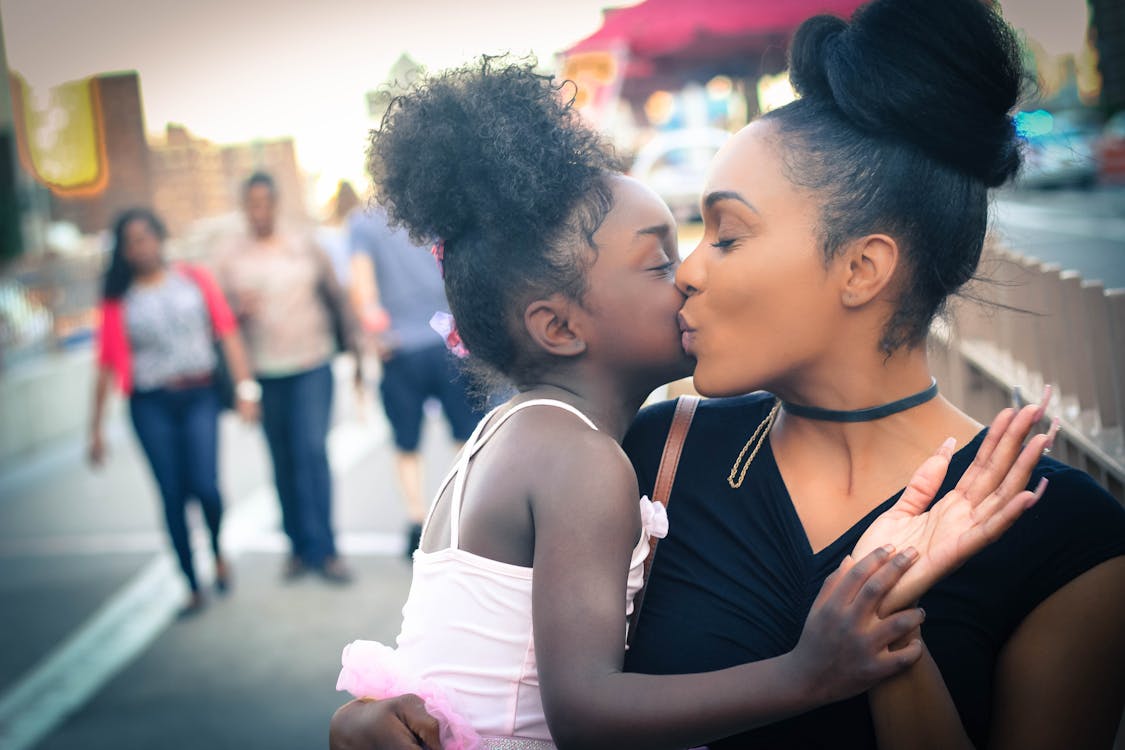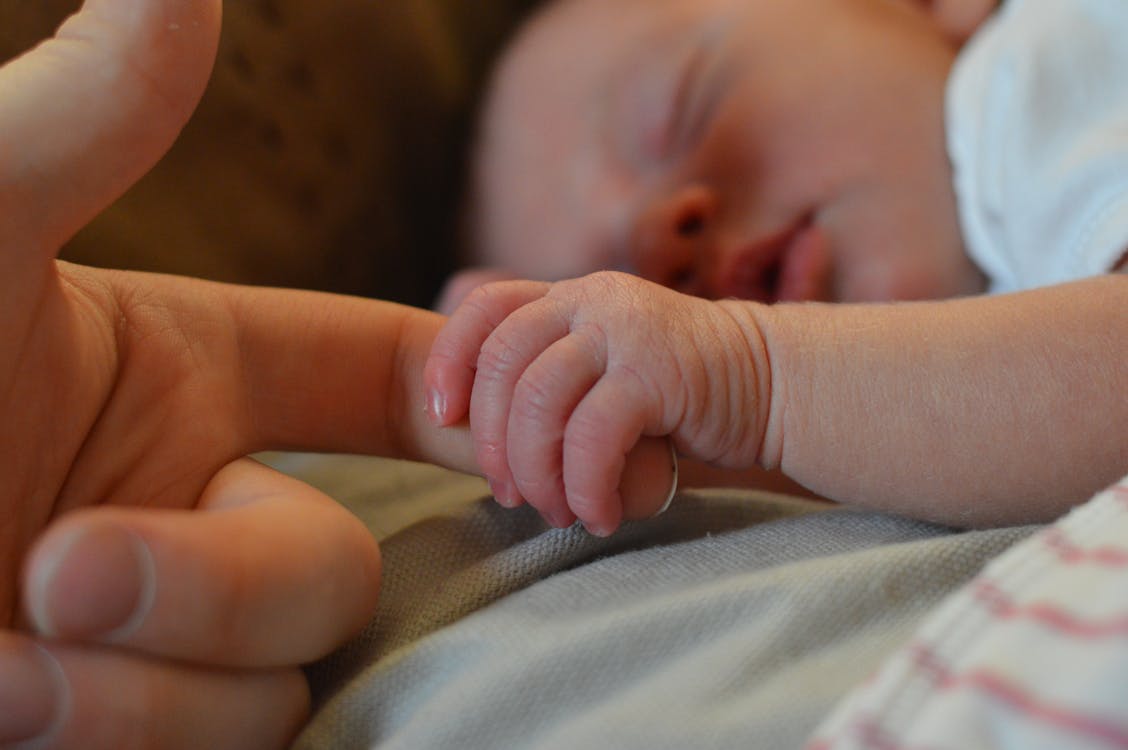For this project, I interviewed a friend of mine from Hardin Simmons (who wishes to go by "Sasha" for the sake of anonymity). For starters, I asked them some straight forward questions in order to understand how they view themselves.
Questions
 |
| Sasha hides from conflict to avert aggression. |
- What is one thing that you believe sets you apart from people your age
- I think I am abnormally high in agreeableness for my age, to a fault even. I typically prefer to avoid conflict so much so that I will sometimes lie or concede my position when I am in an argument just to get it done and over with. The positive part of this is that I am very flexible and can work with most people I come across and I consider beyond the bottom line when people fail, like that someone may just be having a bad day or something along those lines.
- What are some traits that you believe you share with your parents or your siblings? What are some traits that you don't share with them?
- Much like my father I am quite carefree and friendly as we both will often become familiar with random people around town, however I am not as assertive as my father. In fact, I have basically inherited everything about my stature from my father. I got my deep voice from my mother (no she does not have a deep voice, her father did) and my nose likely comes from her. Beyond that I am uncertain what exact physical traits I have inherited from her. I can say that my sister is a lot like my mother, in that both are introverted unlike me, although both me and my mother enjoy being alone from time to time. I am a good student like my sister but not nearly as good of a student as my sister.
- What is one social/emotional problem that you faced during childhood? Do you have a similar struggle in the present?
- When I was in elementary school I was bullied by the other kids, I was only able to find friends amongst a select group of people who unfortunately moved away one by one. I remember the other kids be quite unkind to me but of course I also remember being rather annoying little boy in some ways so I sometimes think I understand why they were not exactly kind to me. Another trait that I had was a short, I would sometimes become so angry that I would scream at the other kids. But I by no means have a similar struggle today. The remnants of that may still remain. For instance, I would not be surprised if my agreeableness came from the bullying, but I am certainly not bullied today and like I said I get along with most people.
Other Accounts
A friend of both me and Sasha, Nora, gave her two cents about Sasha:
"For starters, they're definitely one of the friendliest people I have ever met. The strange thing is that they are also introverted. When I see them, they are very friendly, but they're usually doing solitary activities. They also have an interesting taste in music.. Weird Al Yankovic?"
I can say that Sasha's answers and Nora's account seem to be true as far I can tell for as long as I have known them. In addition to the previous observations, I would like to include some information about their life choices. Sasha is a psychology major who hopes to have their own private clinic someday. I have personally known them to be very objective and logical, even in social settings (also possibly correlated with their inclination towards a scientific field of study). Sometimes, however, they can expose their goofy side. They are cheerful most of the time. Sasha will avoid social interaction if they are in a bad mood.
There are some aspects of Sasha's personality that I can infer from these statements. I will make some predication of what Sasha could possibly score on certain personality tests based on my research. If you are unfamiliar with the following test, click on the title of the section to find out more information.
Five Factor Model
There are the obvious aspects that would correlate with a high score in agreeableness. For starters, Sasha is not assertive or aggressive, even to the point of avoiding conflict entirely. This makes for great social skills, yet it doesn't help with problem solving skills if a problem does occur in a friendship/relationship.
They could possible score moderate-high in openness. The avoidance of conflict could make them more susceptible to a variety of experiences because they are not grounded to a specific view strongly enough to object an opposing one, therefore, they are more willing to try new things.
I would say that their extroversion is about average with a slight lean to introversion. Caroline Beaton, journalist for the Psychology Today website has stated that numerous psychological studies have concluded that the majority of the population is neither extroverted nor introverted (they would be called ambiverts). It is clear that my friend has social tendencies because their agreeableness makes it easier for them to get along with people. They have also stated, however, that they do enjoy having alone time (which is also backed up by Lane's statement).
As far as Neuroticism and Conscientiousness are concerned, I have little evidence to support either side of those spectrums. I could guess that Sasha has a moderate-low Neuroticism level considering their statement about being "carefree" (although saying that they have a low score is a stretch simply because there is not enough evidence to support an extreme association with the trait). Conscientiousness is possibly moderately-low for the same reason (being "care-free").
Conclusion
I found that analyzing the personality of someone close to me has made me more mindful of other people's uniqueness. I enjoyed getting to know my friend on a more analytical level than before.
Sources
"The Big Five Personality Traits" by Kendra Cherry
"The Majority of People are not Introverts or Extroverts" by Caroline Beaton
"For starters, they're definitely one of the friendliest people I have ever met. The strange thing is that they are also introverted. When I see them, they are very friendly, but they're usually doing solitary activities. They also have an interesting taste in music.. Weird Al Yankovic?"
 |
| Sasha is known for their warmth and their cheer. |
There are some aspects of Sasha's personality that I can infer from these statements. I will make some predication of what Sasha could possibly score on certain personality tests based on my research. If you are unfamiliar with the following test, click on the title of the section to find out more information.
Five Factor Model
There are the obvious aspects that would correlate with a high score in agreeableness. For starters, Sasha is not assertive or aggressive, even to the point of avoiding conflict entirely. This makes for great social skills, yet it doesn't help with problem solving skills if a problem does occur in a friendship/relationship.
They could possible score moderate-high in openness. The avoidance of conflict could make them more susceptible to a variety of experiences because they are not grounded to a specific view strongly enough to object an opposing one, therefore, they are more willing to try new things.
 |
| Sasha has a free spirit, flowing through life like the ocean. |
As far as Neuroticism and Conscientiousness are concerned, I have little evidence to support either side of those spectrums. I could guess that Sasha has a moderate-low Neuroticism level considering their statement about being "carefree" (although saying that they have a low score is a stretch simply because there is not enough evidence to support an extreme association with the trait). Conscientiousness is possibly moderately-low for the same reason (being "care-free").
Conclusion
I found that analyzing the personality of someone close to me has made me more mindful of other people's uniqueness. I enjoyed getting to know my friend on a more analytical level than before.
Sources
"The Big Five Personality Traits" by Kendra Cherry
"The Majority of People are not Introverts or Extroverts" by Caroline Beaton













